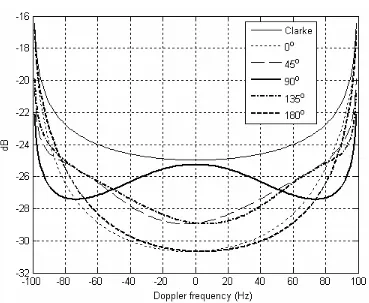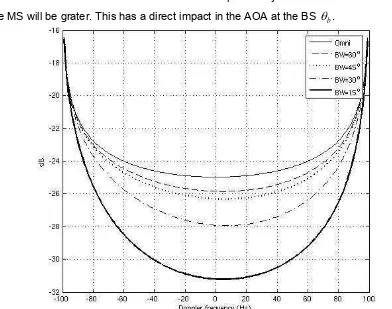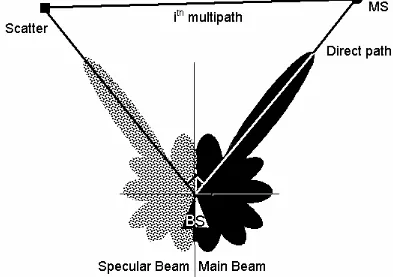Statistical Cellular Scatter Density Model (GSDM ) Employing Smart Antennas dor Macrocell Environments-Edición Única
Texto completo
Figure
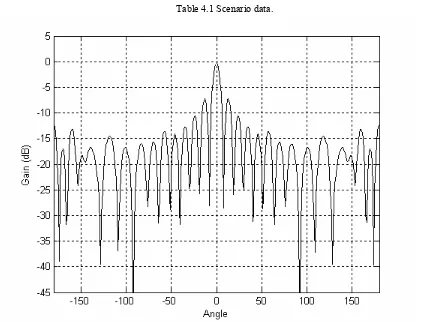
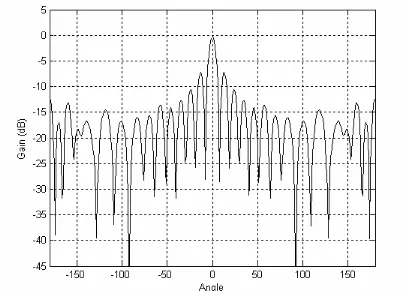
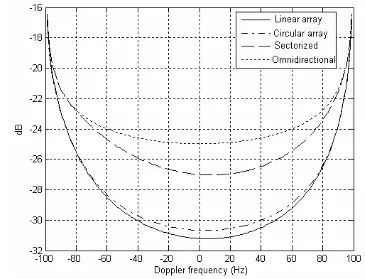
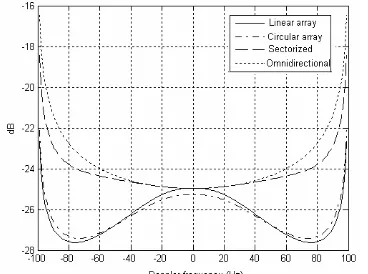
Documento similar
Directive antennas, genetic algorithms, linear antenna arrays, microstrip patch antennas,
9 also shows that just adding a high efficiency receiving antenna to the 3 3 MIMO system is better in terms of capacity increase than adding both a receiving and a transmitting
Rydberg, A.; Sánchez-Hernández, D.A.;, ”Sample Selection Algorithms for Enhanced MIMO Antenna Measurements using Mode-Stirred Reverberation Chambers” Antennas and
Input USRP for different antenna gains (2,4GHz channel).. Input USRP for different antenna gains (5,8GHz
In this work, we propose the use of a 1-D launcher which creates a 2-D quasi-Bessel beam in a parallel plates waveguide (PPW) scenario, as sketched in Fig 1c. The principle is the
184.. Substrate-integrated waveguide leaky-wave antenna technology proposed for the 1-D quasi-Bessel beam launcher. Radiated field polarity flip by change of the
While some systematic uncertainties are stable between flights, e.g., measurement of the power injected to the transmitting antenna or the transmitting antenna response pattern,
Even if we had a perfect calibration table for GNSS antennas and we used it for correcting the phase observation to the antenna reference points (ARP) of the
